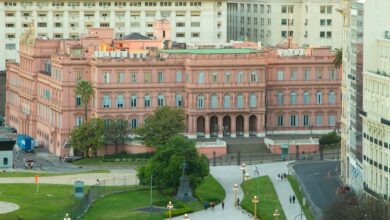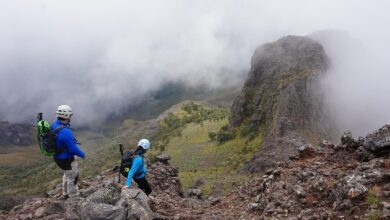Dreaming South: Central & South America’s 2026 Travel Renaissance
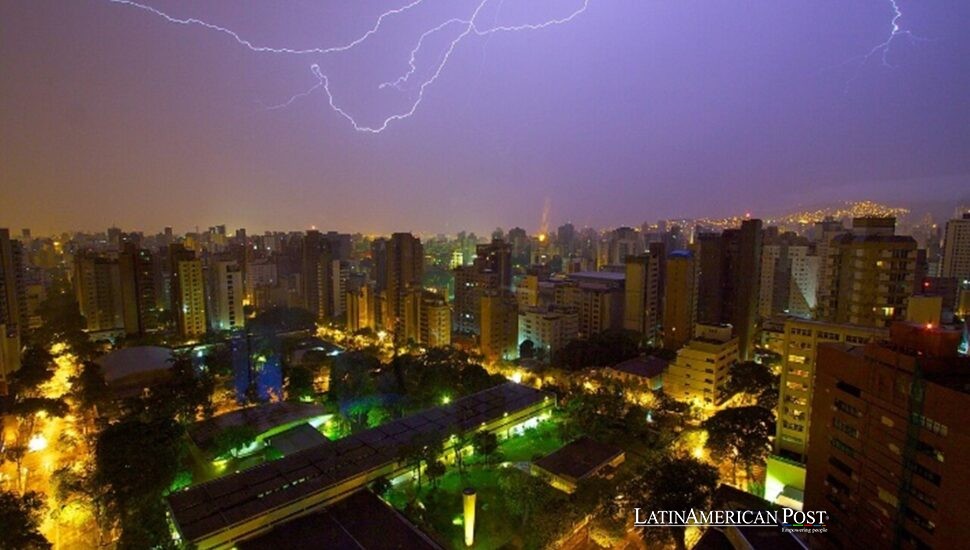
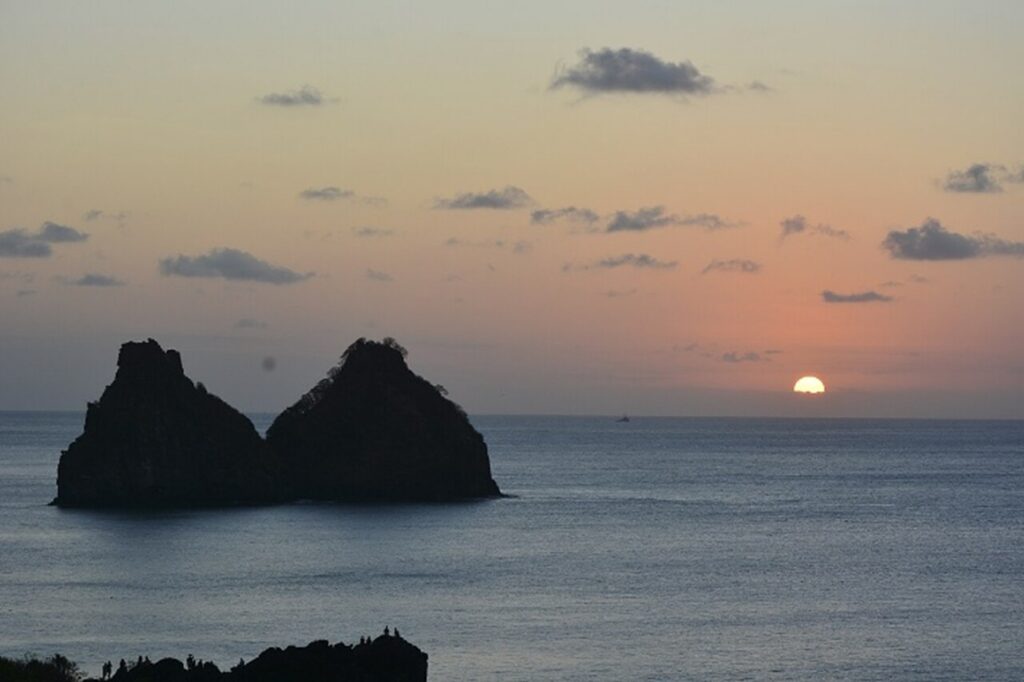
From reborn capitals to near-mythic wilderness, the 2026 travel map tilts decisively south. Condé Nast Traveler’s newest list reads like an atlas of reinvention—destinations where design, conservation, and cuisine converge, proving that Latin America now rivals Europe’s polish without losing its soul. What ties them all together isn’t luxury for its own sake, but a sense of place that feels earned, rooted, alive.

Reinvented Cities, Recharged Appetites
If 2026 has a single headline, it’s rebirth. And no city embodies it more than Medellín, Colombia. Condé Nast Traveler spotlights Wake, a $100-million wellness-meets-gastronomy complex that feels less like a project and more like a manifesto. Here, chefs map Colombia’s ecosystems in dishes that travel from the Amazon to Orinoquía, while a BioHotel blends longevity science with the warmth of paisa hospitality. What began as an urban-renewal experiment has evolved into a declaration: progress can have flavor.
Further south, Santiago’s Mercado Urbano Tobalaba turns sustainability into spectacle. The complex is powered by clean energy and anchored by chef-driven counters suspended above the city’s busiest metro hub. Described by Condé Nast Traveler as a “micro-city,” it’s both market and manifesto—a place where architecture, appetite, and climate consciousness coexist in daily life.
Then there’s Belo Horizonte, the Brazilian capital of conviviality, where boteco culture—those lively neighborhood bars—collides with cutting-edge design. The Tribe Hotel merges tropical minimalism with the city’s art-school energy, while Inhotim, Latin America’s largest open-air museum, continues to expand like a living organism. These cities prove that Latin America’s most fascinating museums now serve food, pour wine, and pulse with music—spaces built not for reverence but for joy.
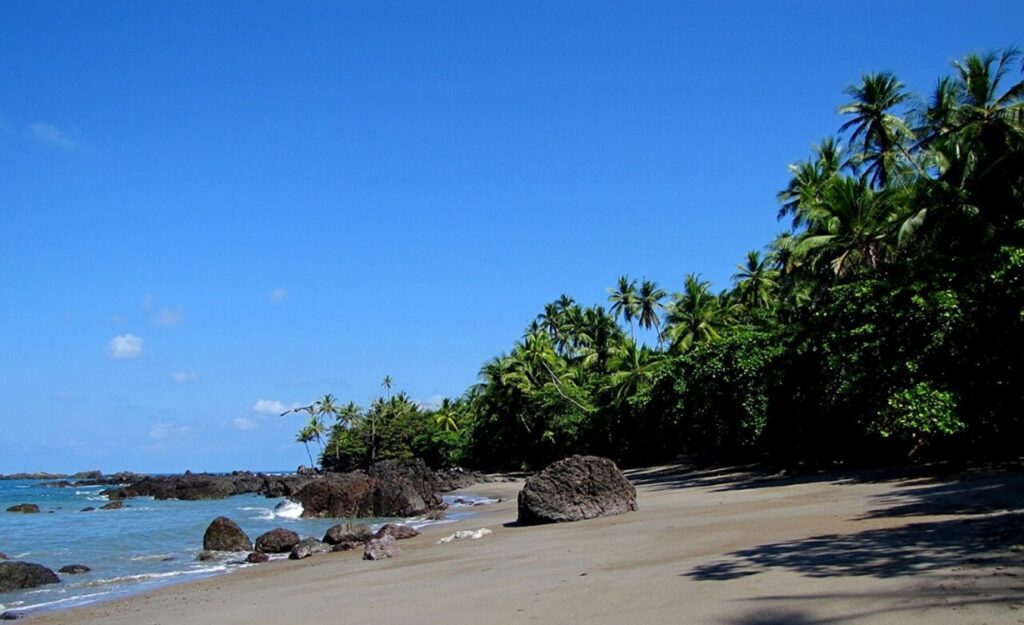
Wild Frontiers, Softer Landings
Beyond the cities, the wild calls—but softly. On Costa Rica’s South Pacific coast, Uvita and the Osa Peninsula remain raw by intention. Corcovado National Park, one of Earth’s last true biodiversity vaults, caps daily visitors with near-sacred precision. Around it, solar-powered lodges rise gently above Marino Ballena’s whale-tail beaches, reminding travelers that immersion doesn’t require destruction.
In Chile’s “Green Patagonia,” the wilderness is learning to breathe again. Cochamó’s granite domes are newly protected, while the Puelo and Futaleufú Rivers are edging toward permanent conservation. A revived Reñihué Sanctuary now shelters a four-room eco-lodge overlooking the Michinmahuida Volcano, its glaciers glowing like embers at dusk. As Condé Nast Traveler notes, luxury here means leaving nothing behind but gratitude.
Even Brazil’s Fernando de Noronha—that volcanic Eden of turquoise coves and spinner dolphins—has found equilibrium. A revamped airport promises smoother arrivals, but strict marine-park limits keep visitor numbers in check. Here, sunrise paddles and salt-rimmed smiles define indulgence. In the Brazilian vernacular, Noronha stays raiz—true to its roots.
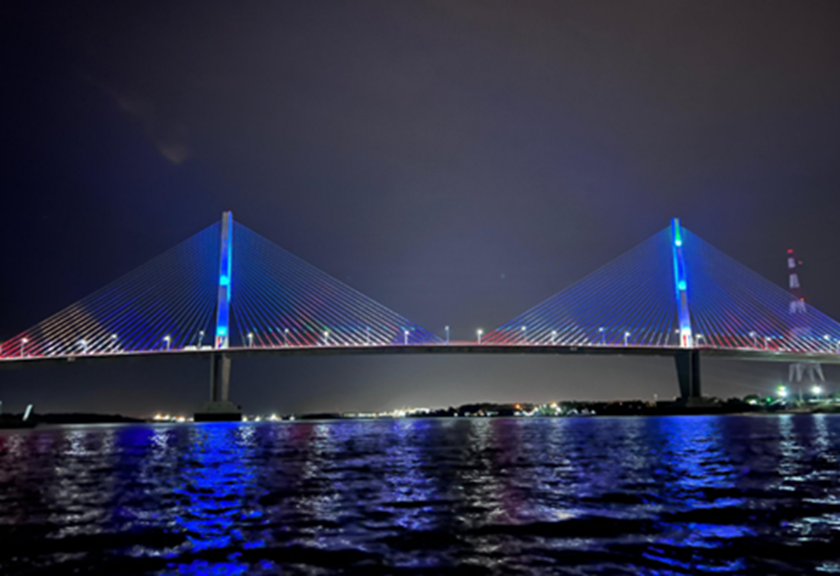
New Ways In, Older Souls Preserved
The future of travel, Condé Nast Traveler reminds us, is intelligent access—infrastructure that opens doors without erasing what’s behind them. In Panama, the long-awaited Panamá–David Railway will soon stitch the capital to the cloud-forested province of Chiriquí, home to a UNESCO biosphere and island eco-retreats that add beds sparingly, not greedily.
In Paraguay, Asunción’s renaissance unfolds at street level. Electric buses hum past neoclassical facades—elevated parks shade coffee kiosks. “New Paraguayan” cuisine turns Indigenous ingredients into art. Condé Nast Traveler praises how the city’s revival honors the Guaraní language and Indigenous creativity rather than relegating them to footnotes.
Meanwhile, in Bolivia’s high south, the legendary Salar de Uyuni—an endless mirror of sky—finally gets lodgings worthy of its surreal beauty: design-led desert retreats, overland expeditions that follow ancient caravan routes, and a museum-hotel dreamed by the late artist Gastón Ugalde. In Peru, the Tinajani Canyon steps into the spotlight with an Andean safari-style camp that captures pre-Inca geology through contemporary eyes—a quieter counterpoint to the crowded Sacred Valley. Everywhere, the same principle applies: build bridges, not footprints.
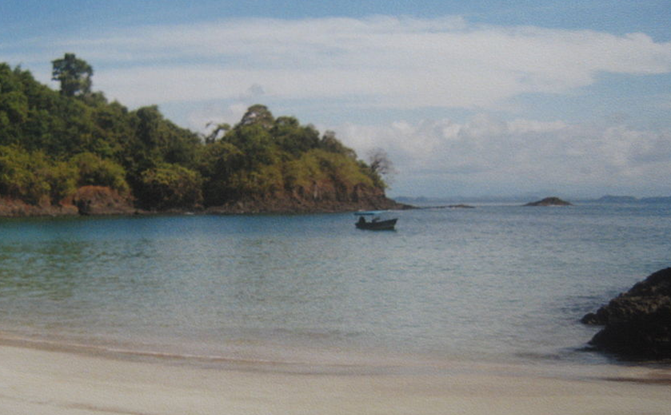
How to Travel 2026: Thoughtfully, Slowly, Deliciously
Lists are only beginnings. The real message behind Condé Nast Traveler’s curation isn’t where to go, but how to go. In Medellín, use Wake as a doorway into the city’s deeper food story—visit the neighborhood bakeries, talk to coffee growers, taste the rhythm of reinvention. In Asunción, balance gallery-hopping with unhurried afternoons in shaded plazas where students, artists, and abuelas share the same bench.
Across the coasts and highlands, let conservation dictate your tempo. Aim for shoulder seasons; choose guides who live where they lead; replace checklists with conversations. The best itineraries of 2026 are hybrids: a week split between Uvita’s rain-drenched coves and a boat-only lodge near Corcovado; a glide from Panama’s new railway into a Chiriquí skiff; a morning at Inhotim followed by a night tasting Minas cheese beneath Brazilian stars.
A final thread runs through every interview and profile Condé Nast Traveler gathered: collaboration. The most thrilling ventures now belong to collectives—chefs and farmers, architects and rangers, artisans and investors—proving that tourism can heal what it once harmed. Markets double as climate labs. Hotels function as cultural classrooms. Trains fuel regional equity instead of extraction.
For travelers, this means the old choice between comfort and conscience is over. The new adventure lies where creativity and care intersect.
Credit to Condé Nast Traveler for the insight, and imagination that shaped this vision. What the 2026 list offers isn’t a “where next” but a “why now.” Across Central and South America, from Medellín to Noronha, Santiago to Uyuni, the region is rewriting the grammar of travel—with places that don’t just ask to be visited, but to be understood.
If you go, go hungry—for flavor, for meaning, for connection. Because in 2026, the dreamscapes of Latin America aren’t just to be seen. They’re to be shared—slowly, responsibly, and with awe.
Also read: Latin America’s Old-World Soul: Where Europe’s Elegance Meets a Wilder Rhythm


